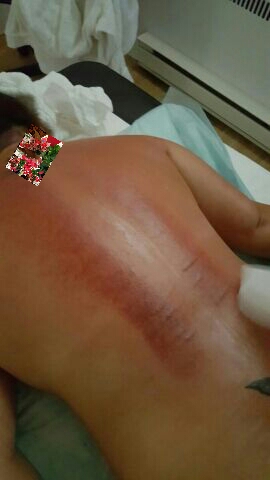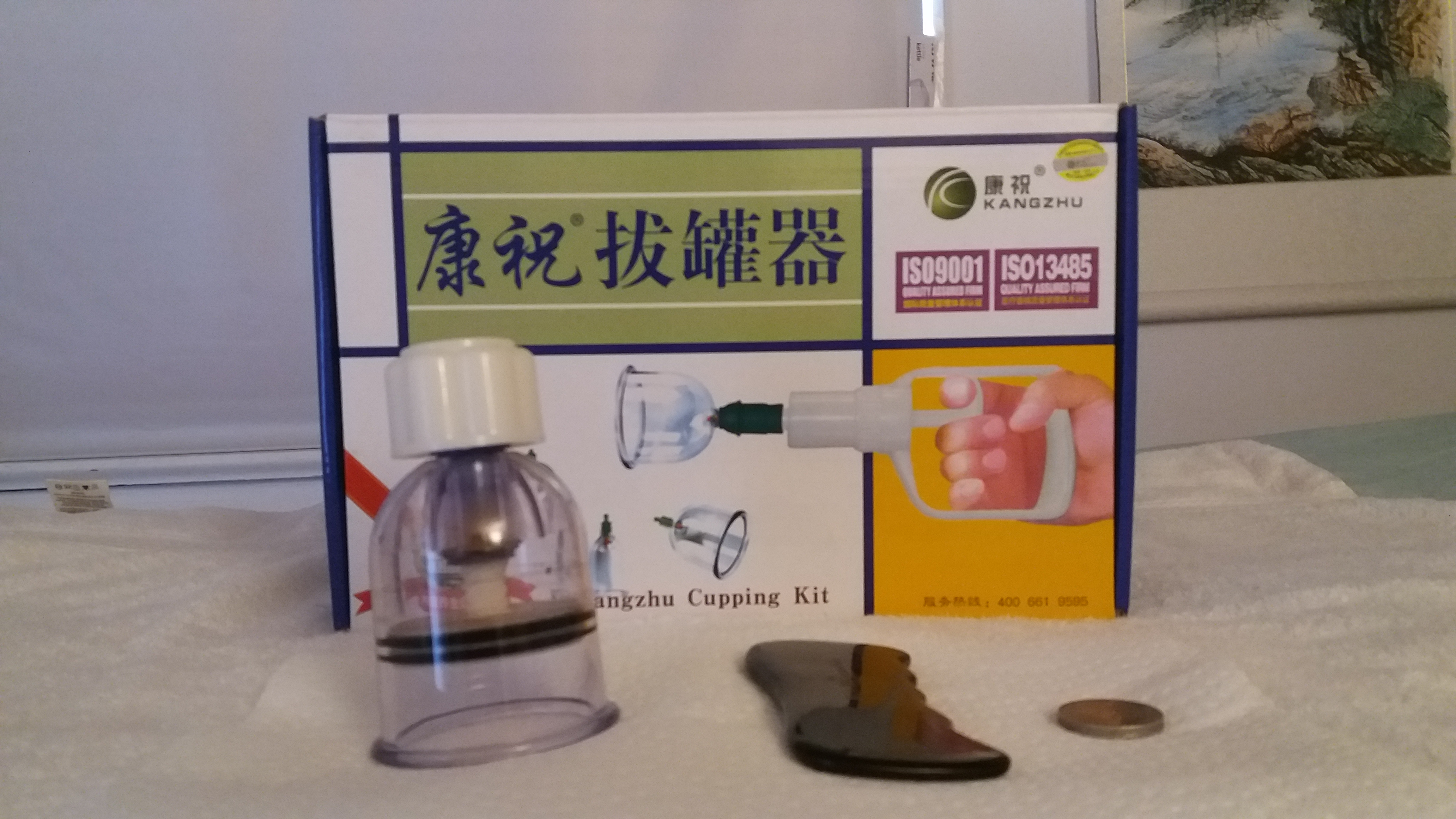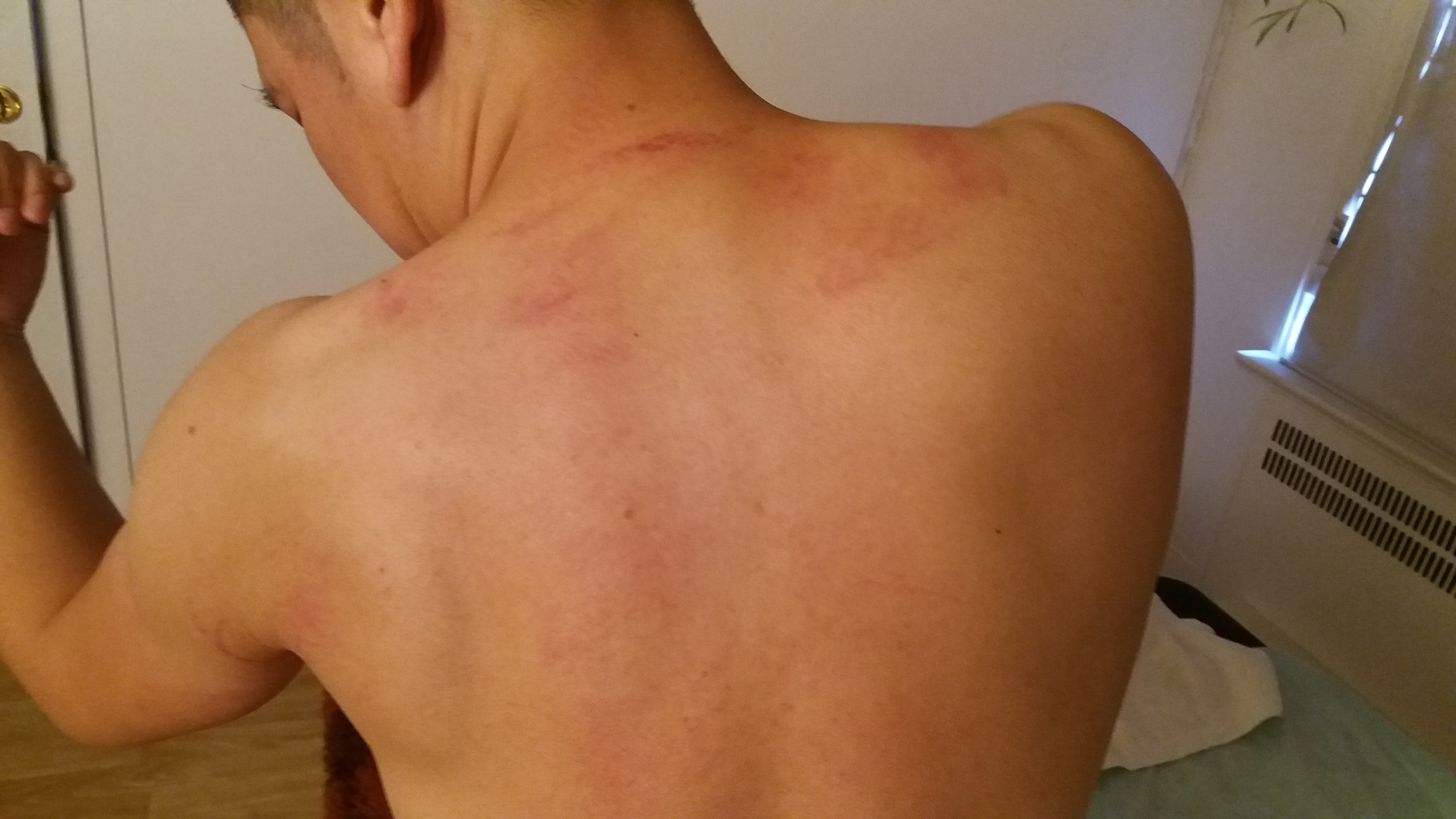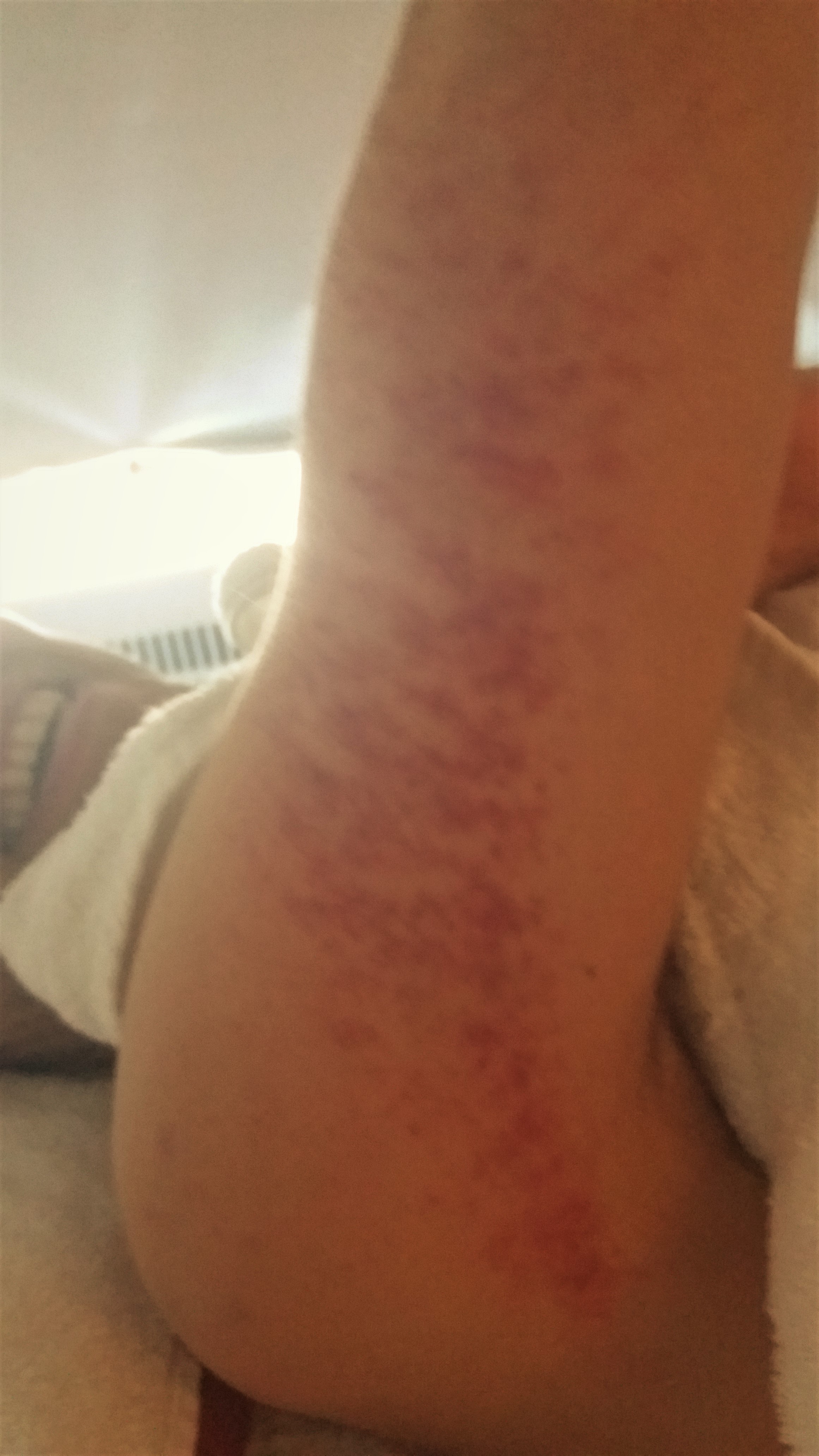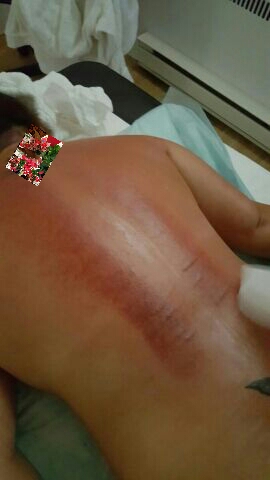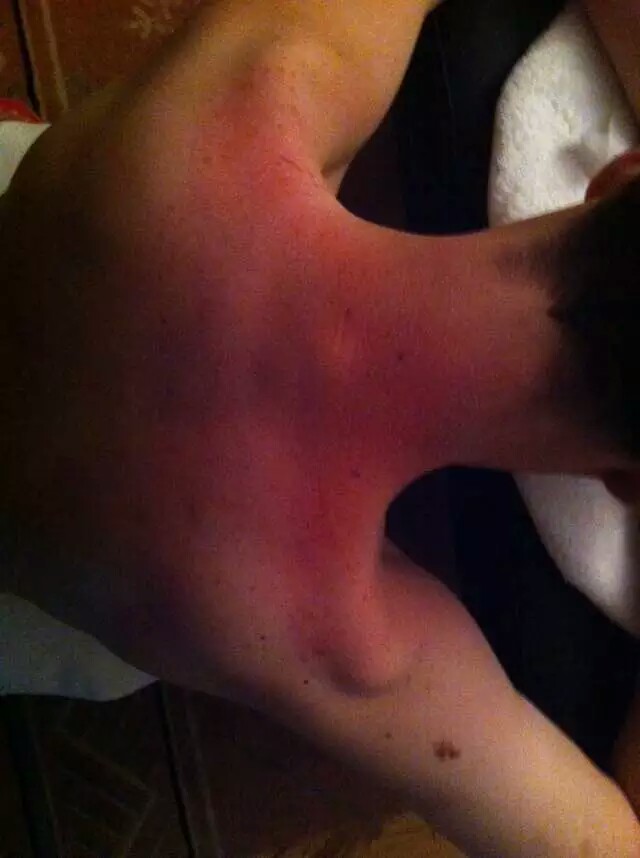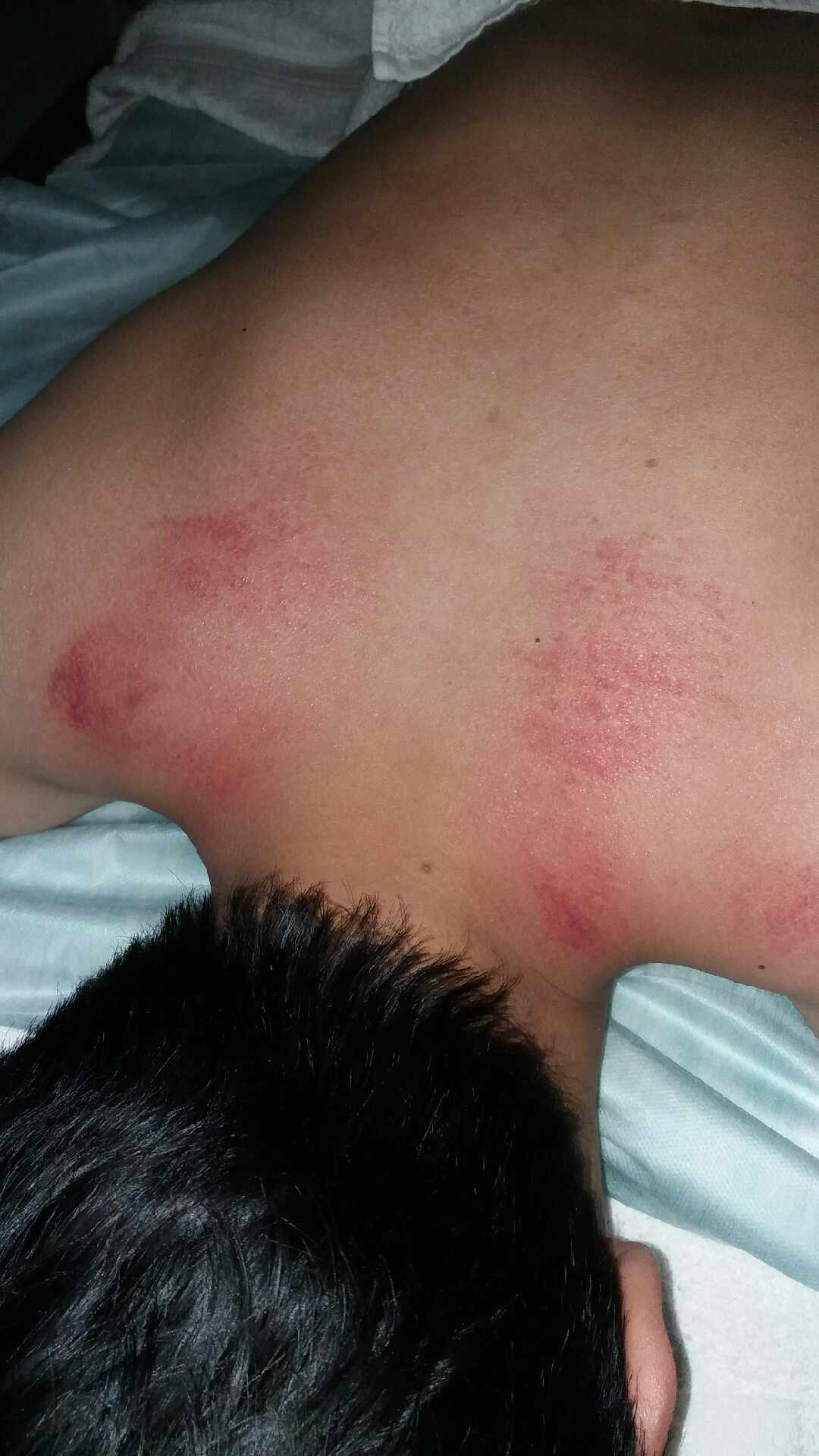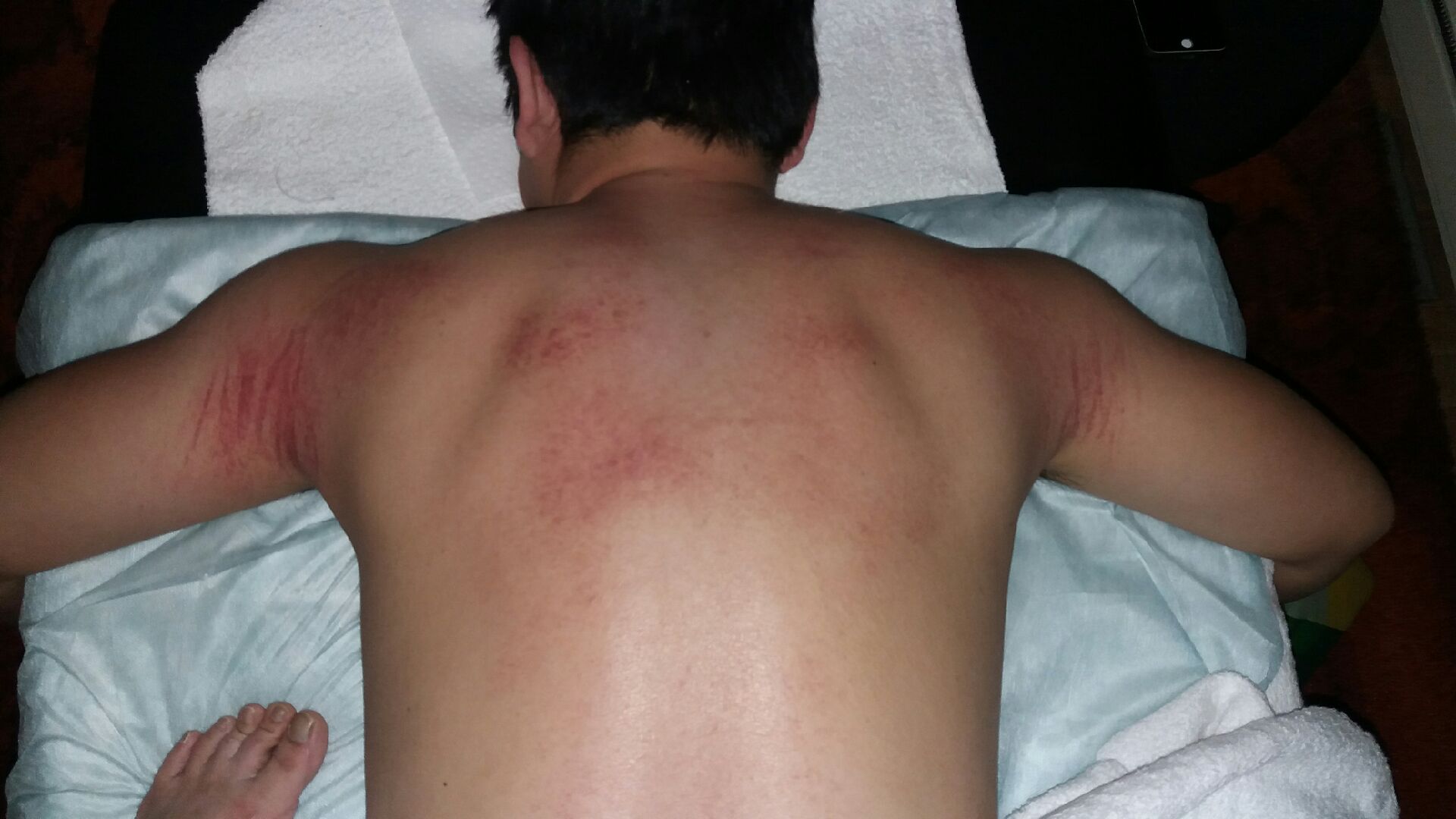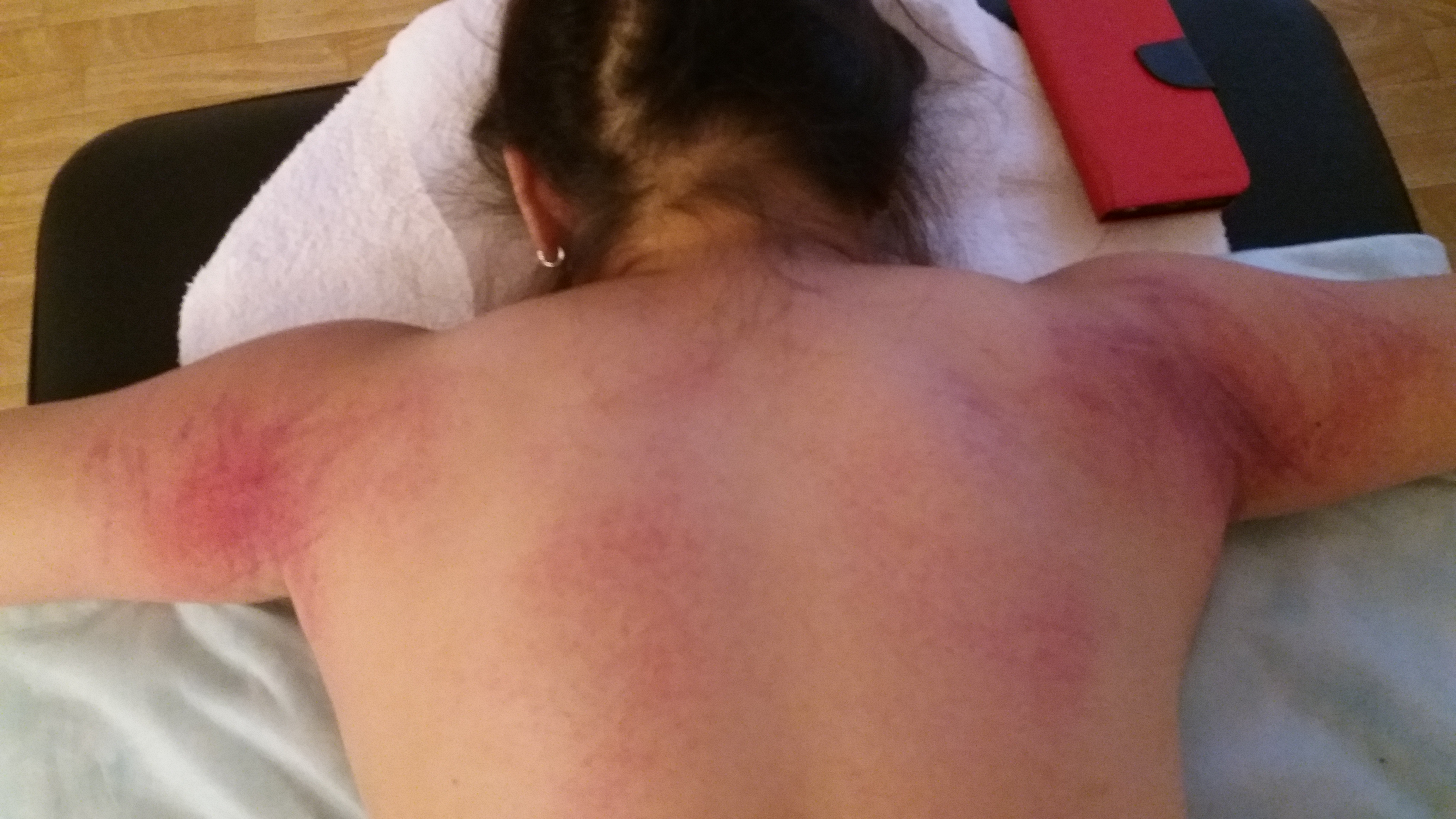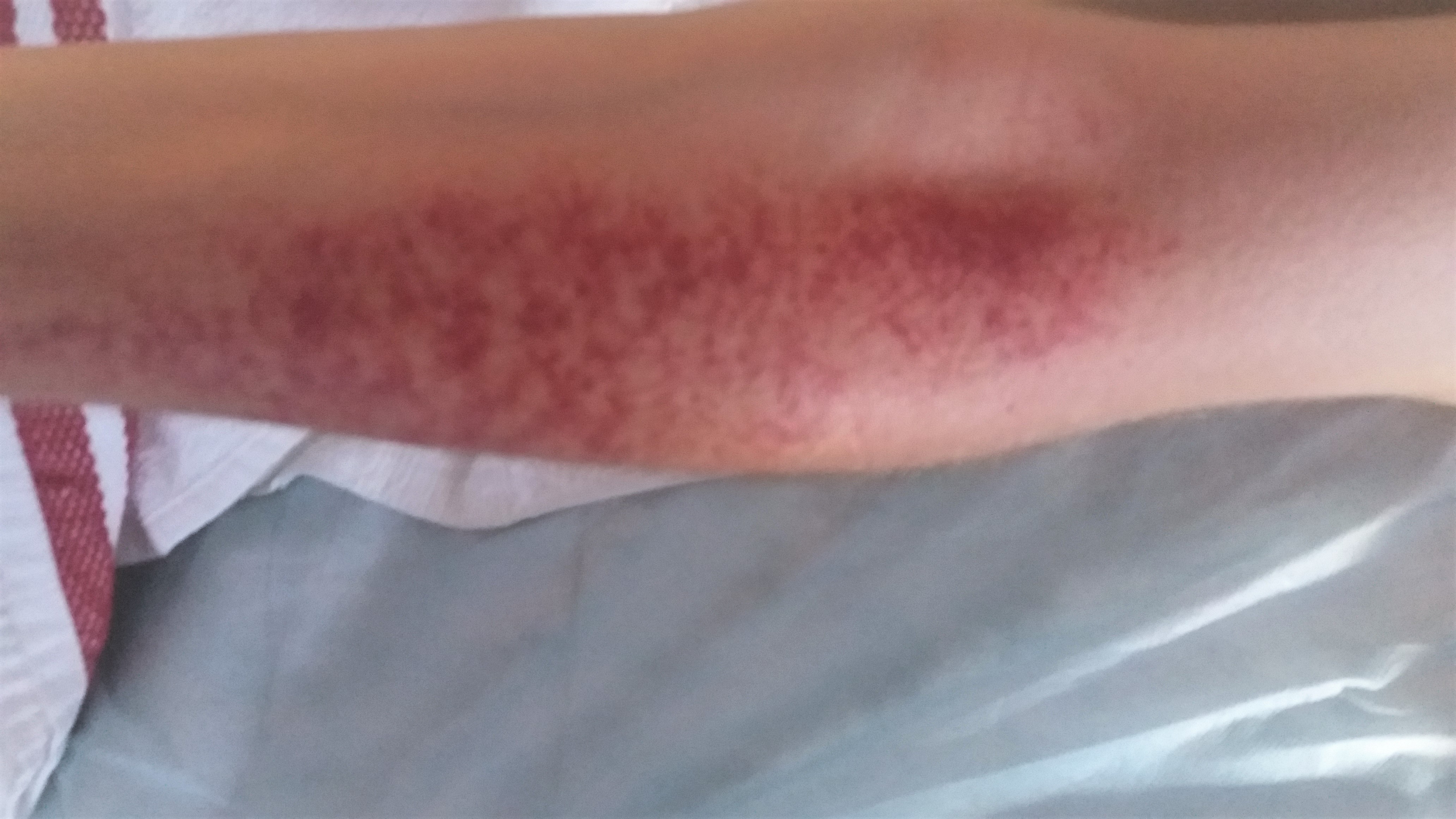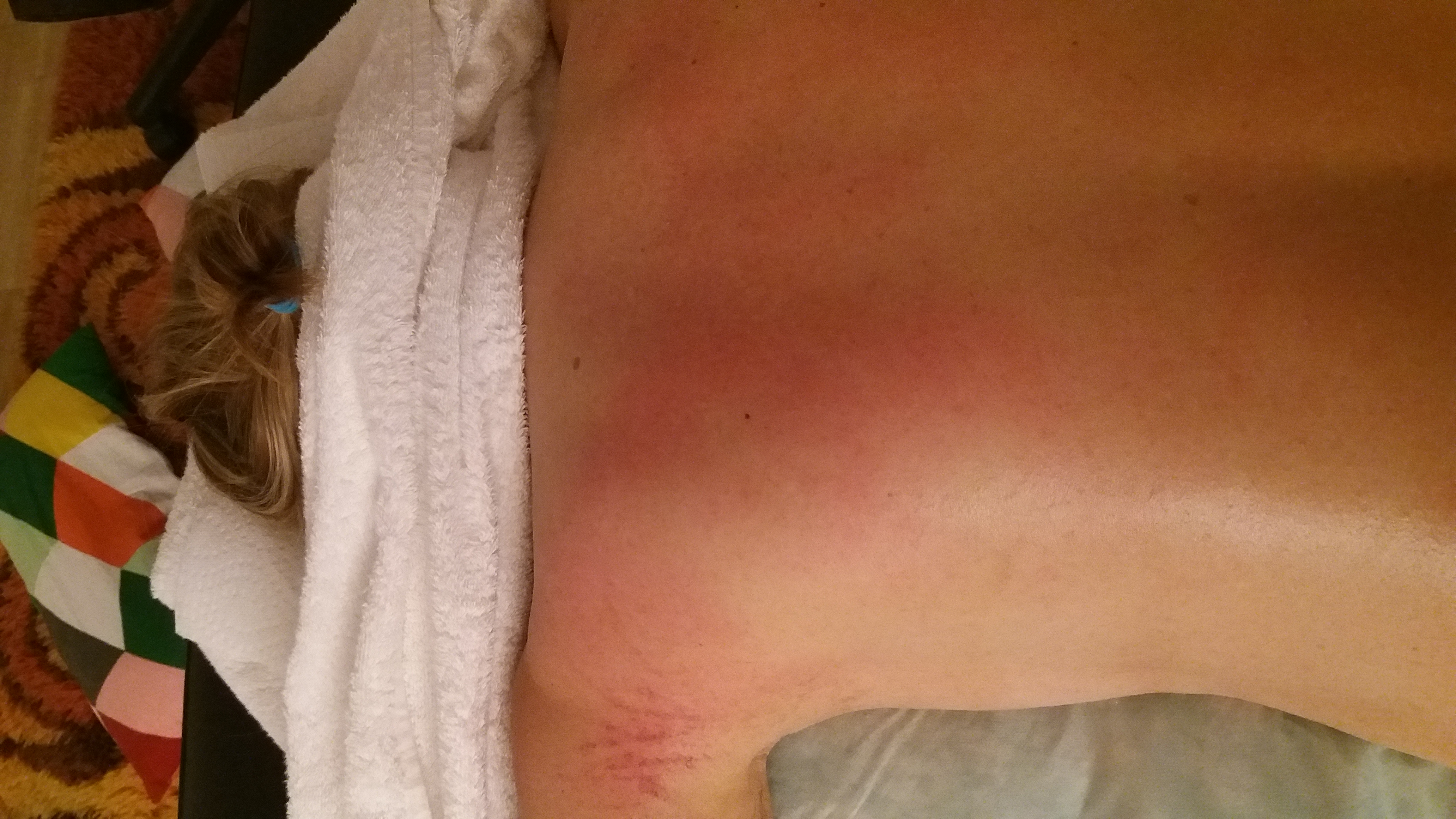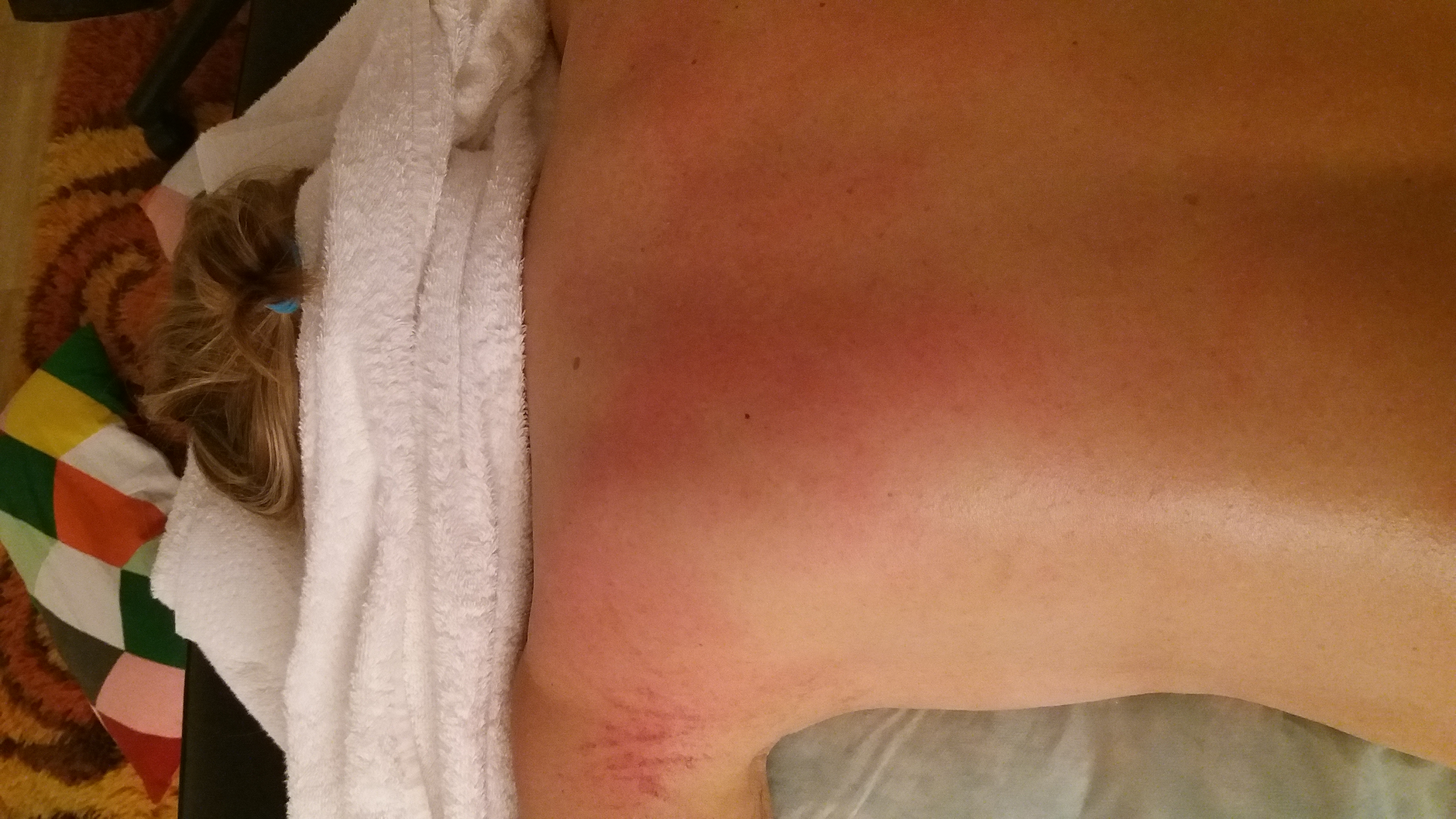Cupping Therapy
According to Traditional Chinese Medicine (TCM), cupping is a method of creating a vacuum on the skin area above the affected area to relieve stagnation i.e. stagnant blood, lymph and chi. This is done in order to treat respiratory ailments such as the common cold, pneumonia, bronchitis, pain inflammation and blood flow. This can also be considered as a form of deep tissue massage therapy.
There is reason to believe cupping practice has been around since as early as 3000 BC with studies citing these practices in Egypt and Greece. Cupping has been practiced in Europe, Asia and Africa for thousands of years, it isn’t clearly a Chinese invention. In China, the earliest use of cupping is credited to a Taoist alchemist and herbalist, Ge Hong (281- 341 A.D.)
Cupping therapy supporters believe that this practice removes harmful substances and toxins from the body to promote healing and general well-being. The vacuum created by Cupping draws up old and non-circulating blood and sticky proteins; it draws away all this away from the affected area so that free circulation can be restored. Therefore, when the affected area is free of stagnation it leaves space for oxygen, living cells and nutrients to promote faster healing. Where there is dead static blood, cellular debris and toxins in the affected areas, Cupping will leave marks which indicates that the stagnation has been removed from the deeper tissue layers and to be dispersed by the body’s immune system.
Westerners live in an image conscious society and have a relative sensitivity to the sight of Cupping marks (domestic abuse, etc.) and are uneasy seeing this important after effect. When these after effects are understood and the results are realized, these concerns will dissipate.
The marks will vary in intensity and depends on the level of stagnation in the area, the colors will range from bright red to deep purple. The marks will disappear within 2 to 3 days and sometimes longer if the affected area is very stagnant and the person usually leads a sedentary lifestyle. On the other hand, if there is little or no stagnation, the mark will be pinkish in color and will dissipate in a few minutes to a couple of hours.
Cupping marks are a necessary barometer of the level of stagnation and is one of the most powerful and beneficial results of this therapy. When injuries occur deep in the muscle, bleeding often occurs causing deep bruises and coagulation of of blood and sticky proteins and will result in stagnation of circulation to the area causing pain, dysfunction and chronic conditions.
Areas with old trauma or injury may require multiple treatments to remove all stagnation and the marks will be progressively lighter as the pathogens are slowly removed.
Is Cupping safe? It is relatively safer today with modern equipment and sterilizing methods. In spite of all the improvements, Cupping can cause some swelling and bruising of the skin and are relatively painless and will disappear within a few days after treatment.
Scraping
The Chinese term for Scraping is “Gua Sha”, which loosely translated means scraping to bruise. Scraping is a TCM treatment where the surface of the skin is aggravated to produce light bruising. Practitioners believe this method helps to release unhealthy elements from affected areas and in turn stimulate blood flow and healing. It is a 2000-year-old treatment and used by generations of Chinese mothers as a home remedy for various aliments for family members. Today there is mounting evidence that Gua Sha can indeed be effective for pain relief.
Gua Sha uses a method of repeatedly using pressured strokes with a smooth blunt instrument over a well lubricated area to produce light bruising. The strokes are not haphazard in any way, they are usually 4 to 6 inches per stroke and along the pathway of acupuncture meridians. When done correctly, Scraping marks are not representative of capillary rupture like bruising and will dissipate quicker than bruising. Bruising represents traumatic bleeding and injury to the tissue but the marks after Scraping is the release of stagnant red blood cells to the surface tissue. This process of Scraping releases pain, enhances blood flow and improves function of the nervous system. Where there is blood stagnation, Gua Sha will cause the cells to go out of the stagnant vessel for removal by the body’s immune system.
Numerous studies point to evidence that Gua Sha is beneficial to painful musculoskeletal conditions such as chronic back pain. Researchers at Harvard found that Gua Sha has potential for anti-inflammatory and immunological properties.
The following photos show the marks left behind by using Chai Bei, Cupping or Scraping methods. They all produce the necessary marks of stagnant blood and cellular debris escaping the affected muscle tissue.

